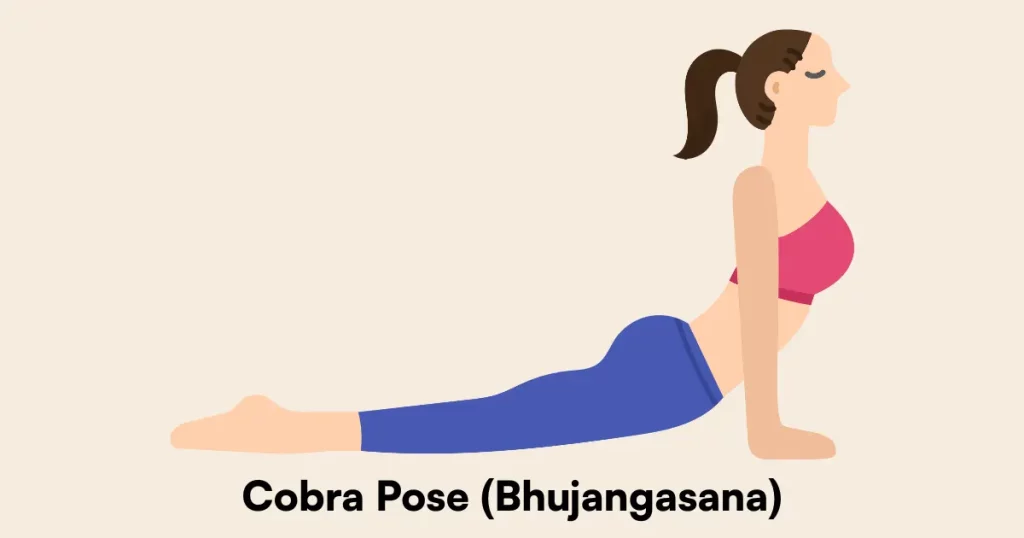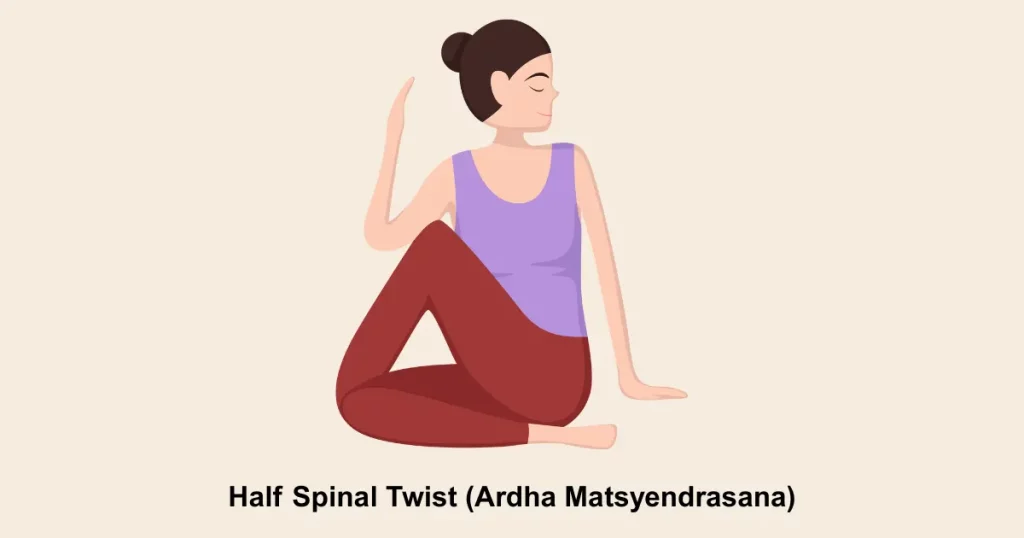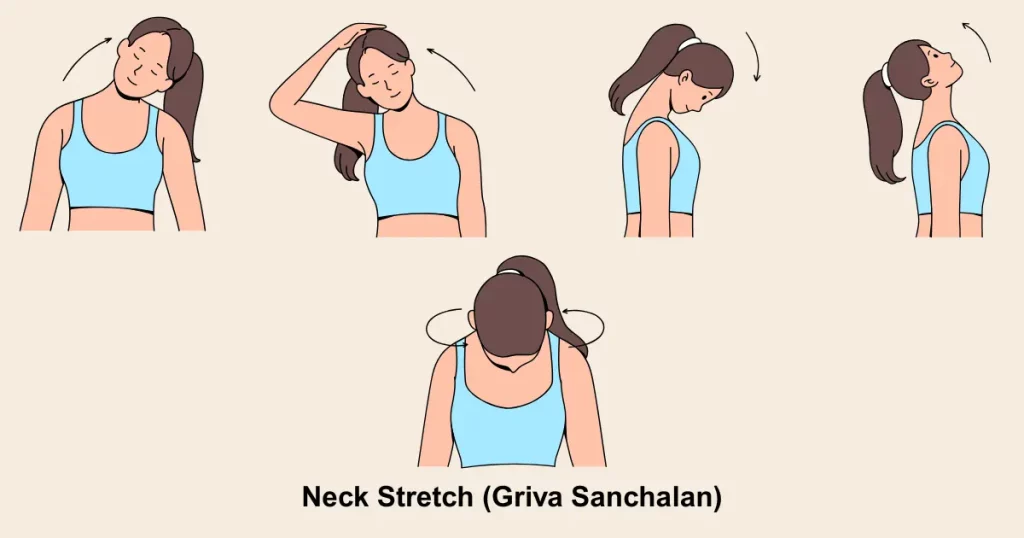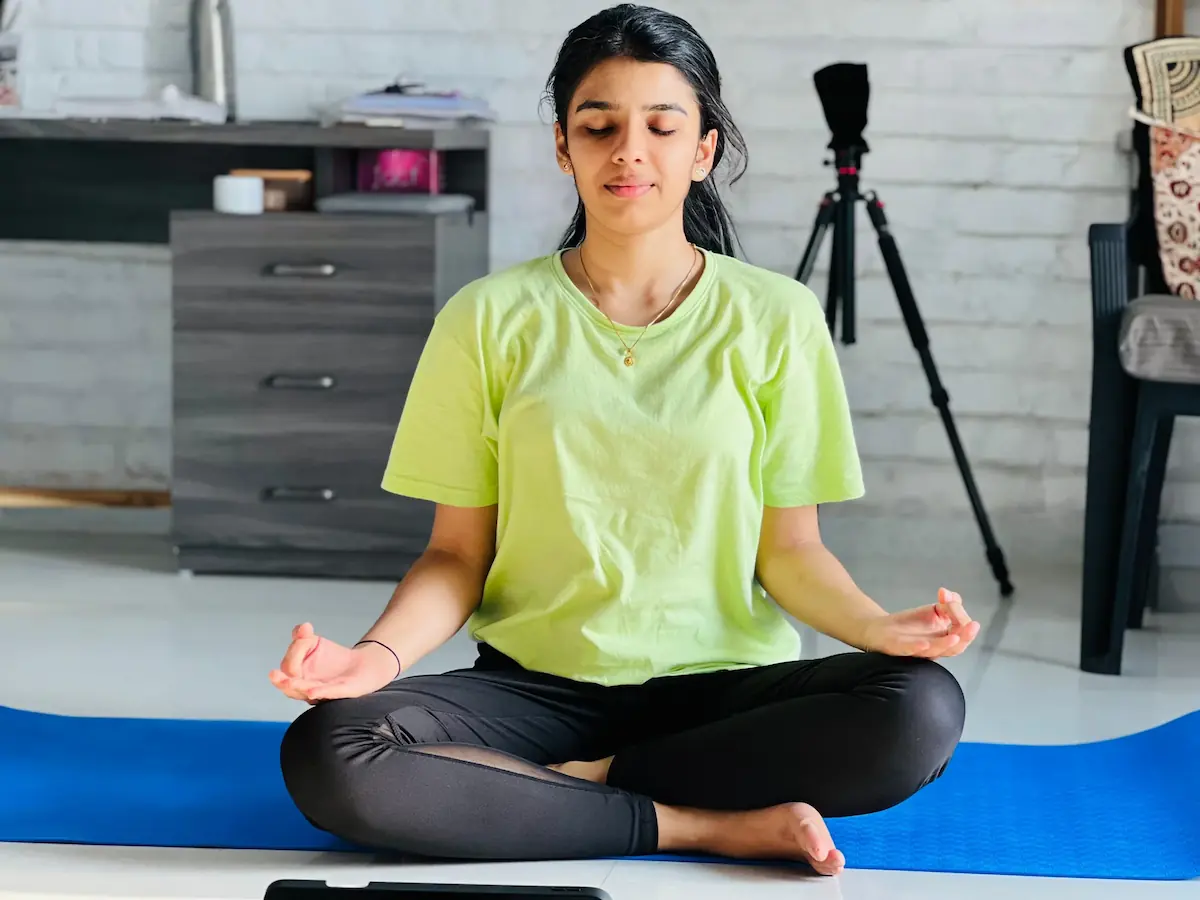Feeling stiffness in your neck and shoulders? You’re not alone. Long hours at a desk, poor posture while scrolling on your phone, and everyday stress can all lead to tightness and discomfort in these areas. Fortunately, you don’t need a fancy gym membership or expensive massage therapy to feel better.
Practicing simple yoga at home can gently stretch tense muscles, release built-up tension, and boost circulation. In just a few minutes a day, you can feel looser, calmer, and more refreshed.
Let’s explore 5 beginner-friendly yoga poses (with their Sanskrit names) that can help relieve neck and shoulder stiffness naturally.
Bhujangasana (Cobra Pose)

How to do it:
- Lie flat on your stomach with your legs extended and feet together.
- Place your palms flat on the ground near your shoulders.
- Inhale deeply and slowly lift your chest, head, and upper abdomen.
- Gently tilt your head back to stretch your neck.
- Hold the pose for 20–30 seconds while breathing calmly.
- Exhale and lower back down slowly. Repeat 3–4 times.
Benefits:
- Stretches the shoulders, chest, and neck muscles.
- Improves posture and relieves stiffness in the upper spine.
Precaution: Avoid if you have recent abdominal surgery or severe back pain.
Ardha Matsyendrasana (Half Spinal Twist)

How to do it:
- Sit with your legs stretched out.
- Bend your right leg and cross it over the left, placing your right foot beside your left knee.
- Place your right hand behind you and your left elbow on the outside of your right knee.
- Inhale and twist your upper body and neck to the right.
- Hold for 15–20 seconds and release slowly.
- Repeat on the other side.
Benefits:
- Enhances flexibility of the spine and neck.
- Eases tension and realigns posture from long sitting hours.
Precaution: Avoid deep twists if you have spinal injuries or during pregnancy.
Marjaryasana (Cat Pose)

How to do it:
- Start on all fours in a tabletop position.
- Exhale, round your back toward the ceiling, tucking your chin to your chest.
- Inhale, arch your back by lifting your head and tailbone, looking upward.
- Repeat this fluid movement 10–15 times with breath.
Benefits:
- Loosens tight shoulders, upper back, and neck.
- Reduces stress and increases spinal flexibility.
Tip: Pair it with Bitilasana (Cow Pose) for a flowing sequence.
Neck Rotation in Vajrasana (Seated Neck Rolls)

How to do it:
- Sit in Vajrasana (kneeling pose) with your spine upright.
- Slowly rotate your head in a circular motion — right, back, left, and forward.
- Complete 4–5 gentle rotations clockwise, then repeat counter-clockwise.
Benefits:
- Eases muscle stiffness in the neck and shoulders.
- Improves circulation and reduces tension headaches.
Precaution: Keep movements slow and avoid over-rotation.
Gomukhasana Arms (Cow Face Pose – Arms Only)

How to do it:
- Sit in a comfortable cross-legged position.
- Raise your right arm overhead, bend the elbow, and let your hand fall between your shoulder blades.
- Bring your left arm behind your back and try to clasp hands (or use a strap if needed).
- Keep the neck long and relaxed. Hold for 20–30 seconds and switch sides.
Benefits:
- Opens the shoulders and chest.
- Stretches triceps and relieves tight upper body muscles.
Tip: If your hands don’t touch, use a yoga strap or towel to bridge the gap.
- Beginner Yoga Poses for Stress Relief
- Why Your Mind Wanders During Meditation
- Yoga vs Gym: Which is Better for Mental Health?
Final Thoughts
Stiff shoulders and neck pain don’t have to be your norm. By adding just 10–15 minutes of these simple yoga poses into your day, you’ll notice greater flexibility, reduced tension, and a better mood.
You don’t need to be a yogi just consistent. Remember to breathe, move slowly, and listen to your body.
Start small. Stay regular. Feel the change.
Frequently Asked Questions (FAQs)
Q1. Can beginners do these poses without prior yoga experience?
Yes! All the poses listed are gentle and beginner-friendly. Just follow the steps carefully and don’t force your body.
Q2. How often should I practice these yoga poses for relief?
Ideally, 4–5 times a week for 10–15 minutes is enough to notice a difference.
Q3. What time of day is best for practicing yoga for neck and shoulders?
Morning is ideal to release overnight stiffness, but you can practice anytime you feel tension building up.
Q4. Can yoga completely cure chronic neck pain?
Yoga can greatly help relieve symptoms, improve posture, and prevent further stiffness. However, consult a healthcare professional for chronic or severe pain.

